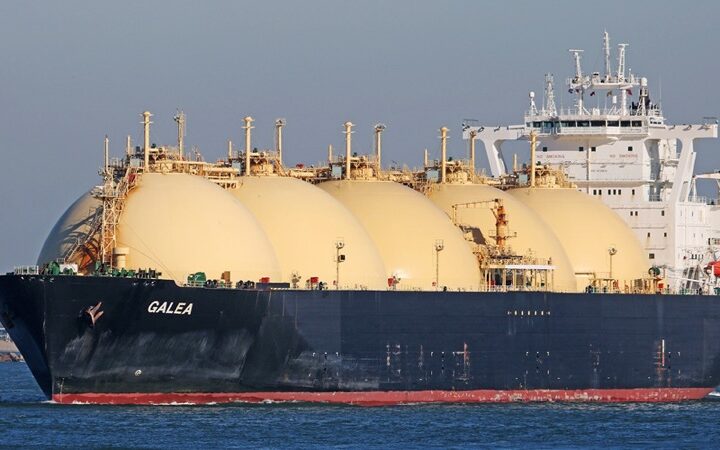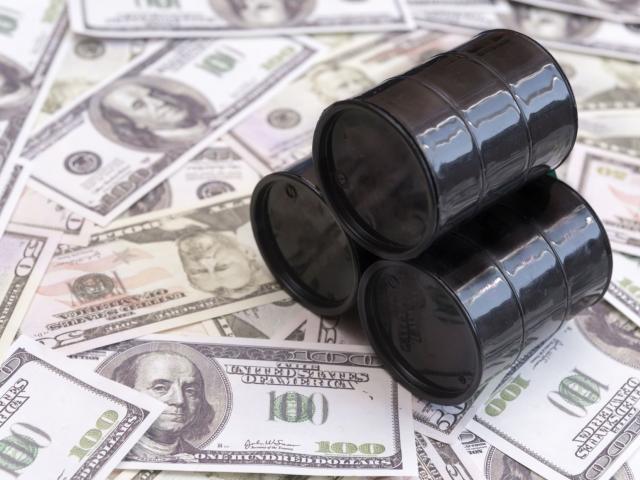.
By Oren Laurent
President, Banc De Binary
The South African Rand (ZAR) has been performing poorly in recent years, particularly during 2015 where it depreciated sharply against the USD. However, the tide is turning and the ZAR has appreciated sharply over the past week.
There are several reasons for the sudden turnaround in the fortunes of the currency, namely a mega-deal between SABMiller and AB InBev, weak US economic data, and the Fed’s decision to maintain interest rates at their current levels. However, a myriad of other factors need to be taken into consideration when examining the performance of the ZAR. Overall, BRICS countries (Brazil, Russia, India, China and South Africa) have suffered since the China equities rout and its domino effect on the global markets.
Plunging EM currencies
Currency depreciations for emerging market economies have featured across the board, with only the occasional mini-rally being experienced in recent times. In fact, the MSCI EM index confirms the sub-optimal performance of these economies since the bearish turnaround commenced towards the end of 2012. The annual performance in percentage terms of MSCI emerging markets was -53.33% at the height of the global financial crisis in 2008, followed by a solid recovery to the tune of 78.51% a year later. EMs then flip-flopped between 18.88% gains in 2010 and 18.42% losses in 2011. A reversal took place again in 2012 when the annual performance of EM economies increased by 18.22%.
The trend became apparent after quantitative easing (QE policies) by the Fed stopped, and it was then that contractions in annual performance became the norm. In 2013, MSCI emerging markets turned in a -2.60% contraction, and in 2014 the figure was recorded at -2.19%. In 2015, it appears as if the MSCI EM index figure will move back towards 2011 levels. For the year to date, the MSCI EM index has posted returns of -15.4%. Not surprisingly, during September, the returns have been less negative owing to dollar weakness, the Fed’s decision not to raise interest rates above the 0.00% – 0.25% range, and the subsequent effect that has had on EM currencies. During the past three months from July-September, the cumulative net return is -17.90% in emerging markets.
Factors driving ZAR appreciation
 The second week of October saw strong gains for EM currencies, notably the ZAR. It comes as no surprise that the outcome of the Fed FOMC meeting on September 16/17 was good news for EM currencies, including the South African rand. The decision by the Federal Reserve not to raise interest rates above the current 0.25% level has been a boon to developing economies the world over. With immense pressure weighing on the demand for mining, energy and related commodities from EM countries, a strong dollar would be the death knell for these economies. The likelihood of a Fed rate hike in 2015 has dropped below 30%, from over 41% a month ago. This means that currency traders and speculators are going long on EM currencies like the ZAR. A short-term rally to December is likely to take place, with many market analysts already calling for the rand to trade below the key 13:1 resistance level. The rand has already been pushed down from over 14.07 to the USD in September to its current rate of 13.09 to the greenback. This marks a dramatic appreciation of the currency, and a strong reversal from the trend.
The second week of October saw strong gains for EM currencies, notably the ZAR. It comes as no surprise that the outcome of the Fed FOMC meeting on September 16/17 was good news for EM currencies, including the South African rand. The decision by the Federal Reserve not to raise interest rates above the current 0.25% level has been a boon to developing economies the world over. With immense pressure weighing on the demand for mining, energy and related commodities from EM countries, a strong dollar would be the death knell for these economies. The likelihood of a Fed rate hike in 2015 has dropped below 30%, from over 41% a month ago. This means that currency traders and speculators are going long on EM currencies like the ZAR. A short-term rally to December is likely to take place, with many market analysts already calling for the rand to trade below the key 13:1 resistance level. The rand has already been pushed down from over 14.07 to the USD in September to its current rate of 13.09 to the greenback. This marks a dramatic appreciation of the currency, and a strong reversal from the trend.
On Thursday, October 15, US economic data was released that cooled investor sentiment. For starters, retail sales figures did little to inspire confidence in the ‘booming’ economy. Neither did the jobs report. Typically, bad news does not bode well for global markets, but for emerging markets any negatives emanating from the US economy tend to bring currencies like the ZAR into favour. The reasoning is simple: a move away from the dollar is by definition a move towards other economies such as the more volatile, higher risk EMs. Precisely the opposite would happen if the Fed were to raise interest rates in 2016: the dollar would appreciate relative to other currencies and there would be an acceleration of capital flight from countries like South Africa which is considered volatile to the relatively stable US economy.
Structurally, the South African economy has problems. These include a power grid that is unstable and in the process of being revamped, rebuilt and expanded with Russian assistance. There are also tremendous labour concerns in manufacturing and mining, with widespread strikes and wage disputes. Other issues include corruption, crime and the feeling that government is encroaching more onto the assets of the private sector. However, short-term the ZAR is gaining ground against the greenback.
The Big Push for the ZAR
The most significant short-term development for the ZAR is the current merger between AB InBev and SABMiller. This deal is pegged to be the biggest corporate merger in the history of the world – valued at an incredible $106 bln. It dwarfs all other mergers that have taken place since 1988, including KKR & company/RJR Nabisco, Heinz/Kraft Foods in 2015, Procter & Gamble/Gillette in 2005, and InBev/Anheuser-Busch in 2008. Talks are still ongoing between these global titans of the beer industry, but stakeholders are said to be very interested in proceedings. If this comes to pass, it certainly bodes well for the ZAR.
Speculators will be taking bullish positions on the rand ahead of this deal, and it could easily strengthen back to levels of between 10 and 11 to USD if a Fed rate hike is kept at bay, Chinese import demand increases and commodities prices begin to stabilise at higher equilibrium levels. These are all big ‘if’s and unlikely to come to pass, but stranger things have happened.
Please note that this column does not constitute financial advice.
www.bancdebinary.com







